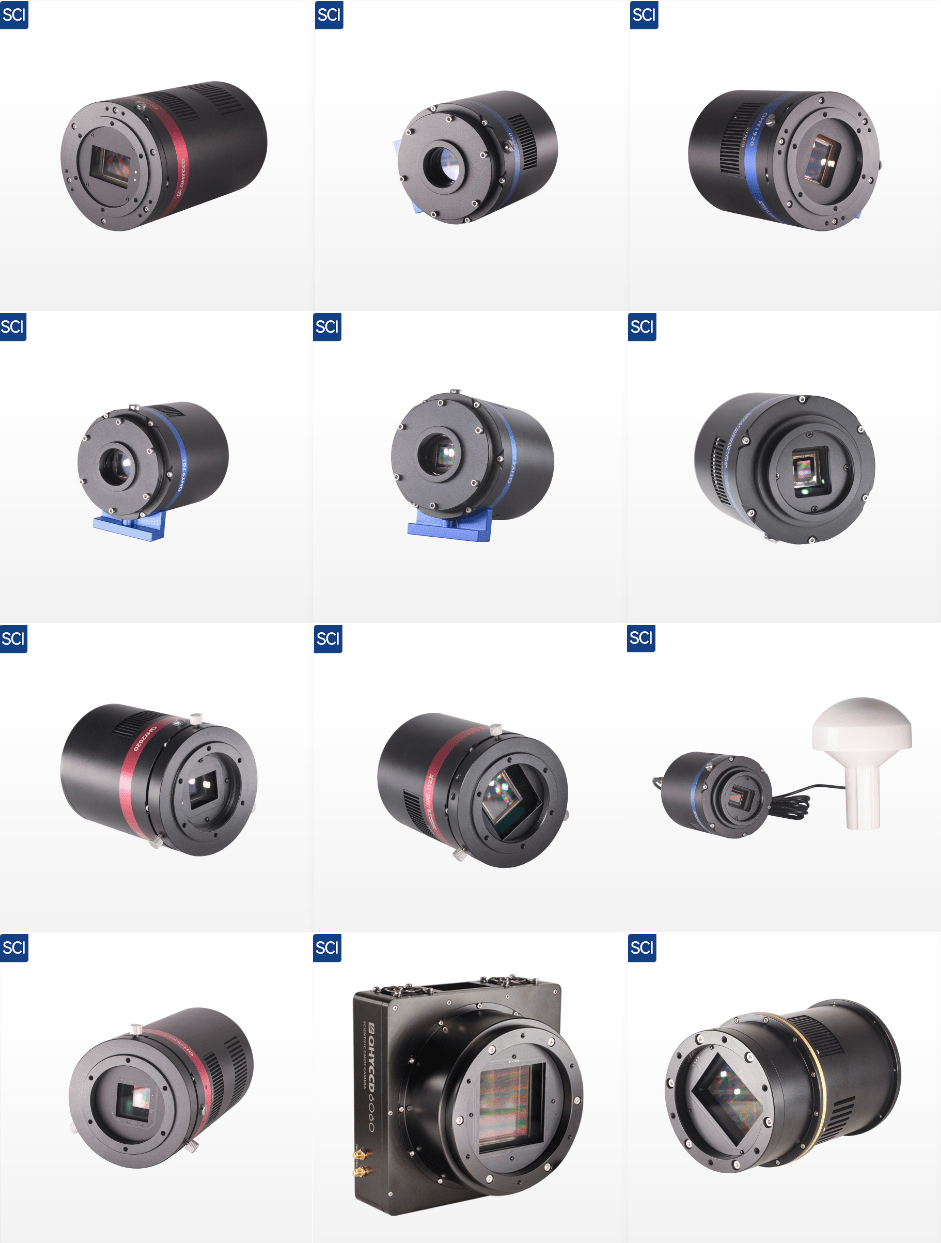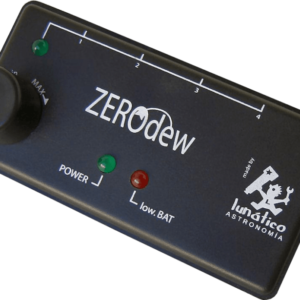Available upon request, please, contact us for price and availability.

QHYCCD Scientific Cameras offer the latest technology in scientific imaging at reasonable prices. Scientific CMOS image sensors offer extremely low noise, rapid frame rates, wide dynamic range, high quantum efficiency, high resolution, and a large field of view simultaneously in one image. In this sense, while QHYCCD cameras made for astronomy clearly fit the definition of scientific cameras, we differentiate QHY scientific camera models based on additional features not found on similar models used for astro-imaging.
QHYCCD Scientific Cameras not only exhibit extremely low noise, high quantum efficiency and other scientific CMOS characteristics, but also:
- large area,
- high-resolution sensors,
- SWIR sensors,
- polarized light sensors,
- GPS enabled timing,
- external triggers,
- field programmable gate arrays,
- 2x10GB fiber optic computer interface and
- water cooling options.
The following scientific models are ideally suited for microscopy, spectroscopy, multi-spectrum imaging, inspection, bio-luminescence imaging, life science applications and many other laboratory uses.
QHY Scientific Cameras
| Model | Sensor / Type | Key technical features |
|---|---|---|
| QHY811 Pro | Sony IMX811, BSI CMOS | 245 MP, medium format, native 16-bit ADC, air or liquid cooling. |
| QHY6060 Pro | GSENSE6060, scientific CMOS | 37.7 MP, 61×61 mm sensor, 10 µm pixels, BSI and FSI versions. |
| QHY6060 Pro – Full Vacuum | GSENSE6060, vacuum package | Vacuum-sealed variant for X-ray and high-energy physics. |
| QHY411 / QHY461 Pro | Sony IMX411 / IMX461, BSI CMOS | 150 MP (54×40 mm) / 100 MP (44×33 mm), 16-bit ADC, dual 10 Gbps fiber. |
| QHY4040 Pro Series | GSENSE4040, scientific CMOS | 4K×4K, 9 µm pixels, FSI and BSI, dual 12-bit readout combined to 16-bit. |
| QHY600 Pro | Sony IMX455, full-frame BSI CMOS | 61 MP, 3.76 µm, native 16-bit, multiple readout modes, USB 3.0 + fiber. |
| QHY9701 | GSENSE9701, BSI CMOS | ~89 % QE at 610 nm, UV–NIR (200–1000 nm), ultra-low read noise (~0.85e-). |
| QHY2020 | GSENSE2020, BSI CMOS | 2K×2K, very high QE, spectral response 200–1100 nm. |
| QHY1920 | Scientific CMOS, 12 µm | Large pixels, high NIR sensitivity, optimized for low light. |
| QHY42 Pro | Scientific CMOS, 11 µm | 2048×2048, ~1.6e- read noise, GPS/trigger support. |
| QHY1253P (Polarized) | Sony IMX253 with micropolarizers | 2048×1536 array with integrated polarization filter. |
| QHY550P (Polarized) | Sony IMX250 polarization sensor | Polarimetric sensor with anti-reflection coating. |
| QHY990 / QHY991 / QHY992 (SWIR) | InGaAs, 0.4–1.7 µm | Up to 77 % QE at 1200 nm, air and liquid cooling versions. |
| QHY530 Pro II | High-speed scientific CMOS | Planetary scientific camera, advanced readout modes, external sync. |
| QHY Space Camera Series | IMX455 / GSENSE4040 / GSENSE6060 | Designed for space applications, FPCA separated sensor/mainboard for thermal reliability. |
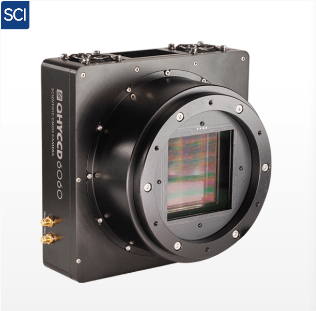 |
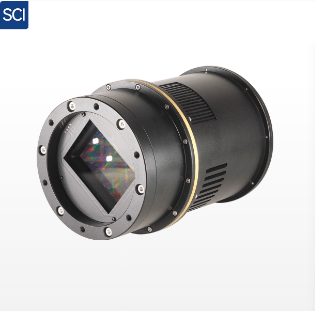 |
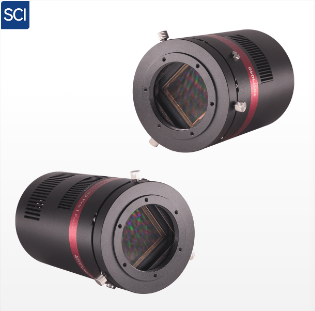 |
| QHY6060 QHY6060 is a big format scientific CMOS camera with 37.7 Megapixel, 61mm square (89mm diagonal) Gpixel Gsense6060 sensor, 10um pixel size, 14bit ADC, 6K*6K resolution. Back-illuminated and a front-illuminated versions. The FSI version has 72% peak QE and the BSI version has 95% peak QE. QHY6060 has a 2-stage TEC cooler, and it is air-cooling / water cooling compatible. QHY6060 has USB3.0 high-speed interface and a soft X-ray response. |
QHY411 / QHY461 QHY411 is using the 150 Megapixel SONY IMX411 sensor, with 54*40mm image area, native 16bit ADC, Back-illuminated, while QHY461 is with SONY medium format IMX461 sensor,44*33mm,100mega pixels, back-illuminated,16bit ADC. The features of their sensor are quite similar but the IMX411 sensor is bigger. |
QHY4040 / QHY4040Pro I QHY4040 / QHY4040PRO I is a scientific cooled CMOS camera with GSENSE4040 4K*4K sCMOS sensor. It has a 36.9mm x 36.9mm square sensor with 9.0um pixels in a 4k x 4k array. It has a 36.9*36.9mm big image area. 9um pixel size. The typical application of this camera is astronomy imaging, spectrum, dynamic x-ray DR, satellite tracking, etc. |
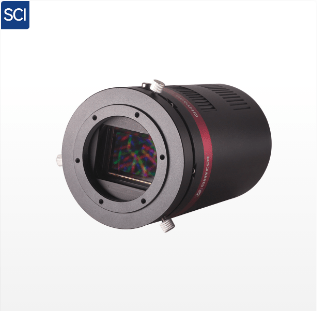 |
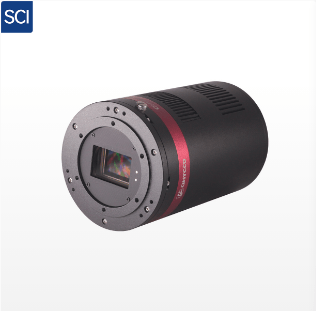 |
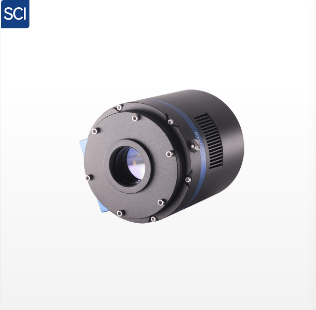 |
| QHY600 PRO I / Pro II QHY600Pro Scientific Cooled Camera, Sony IMX455, Full Format, BSI, 3.76um Pixels, Native 16bit A/D, 60MP, 2GB DDR3 Memory, Mutiple Readout Modes, 2*10g, Support Customization. Monochrome and color versions available. Specially designed for scientific applications. |
QHY268M Pro I QHY268M Pro I is a scientific CMOS camera specially designed for scientific using with advanced qualities and functions.With a SONY IMX571 APS-C format CMOS sensor inside. 26mega pixels, Back-illuminated, native 16BIT ADC. QE is up to 91% and readout noise is as low as 1.1e Even with a 3.76um pixel size, it has a big full-well up to 75ke. |
QHY990 / QHY990Pro II / QHY991 QHY990/991 Series are scientific short wavelength infrared cameras. With Sony IMX990/IMX991 InGaAs sensor, a square 5um*5um pixel array and 1.31M/0.4M effective pixels. The chips have wide waveband (0.4um-1.7um) with high sensitivity. Applications: SWIR Astronomy Imaging and Photometry, Daytime Star Observing, Optical Communication, Laser, Optic Labs. |
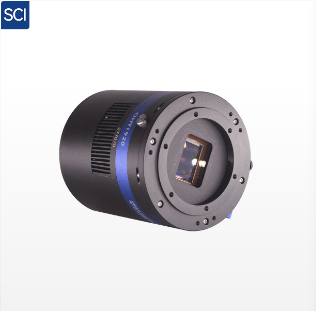 |
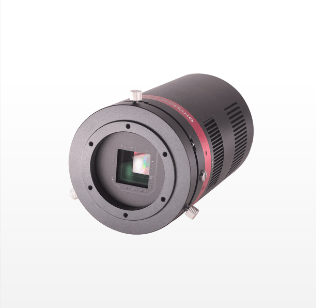 |
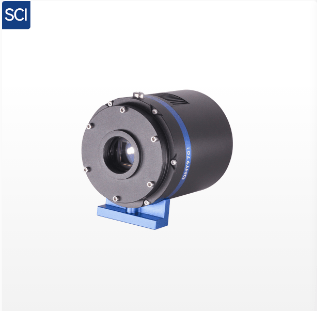 |
| QHY1920 The QHY1920 is a Scientific CMOS camera with a large 12um pixel size. It is ideal for science research and industry in low light. And it has a relatively high QE in the IR Spectra and can be used in IR applications. |
QHY530Pro II QHY530Pro II is a scientific planetary camera developed by QHYCCD specifically for planetary research projects, amateur astronomers, and professional users with high-end requirements for planetary photography. It features the Sony IMX530 sensor with 24.55 Megapixels, utilizes a global shutter, and is equipped with various interfaces and professional features such as real-time adjustable ROI. |
QHY9701 QHY9701 is a cooled scientific CMOS camera with GSENSE9701 back illuminated sCMOS sensor. With the characteristics of large pixels, ultra-wide spectrum and low noise, it is suitable for high-end microscopy, micro-optics, biofluorescence and other scientific research fields. |
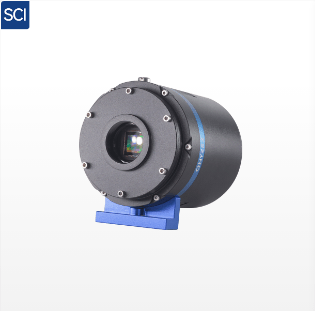 |
 |
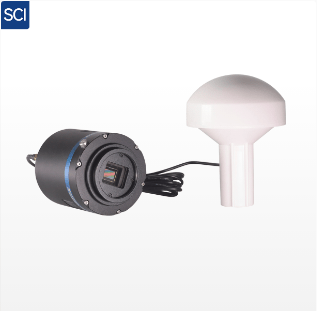 |
| QHY1253P Polarized Camera QHY1253 has IMX253 Global shutter CMOS sensor with the special Polarize version. Monochrome and color version are also available. Compared with QHY550P, 1253P has a bigger sensor. It has important applications in gemstones, geology and material science, biology science. Also for the astronomy, life science and optical lab. |
QHY550P Polarized Camera QHY550P Polarized Camera, SONY IMX250 Global shutter CMOS sensor with the special Polarize version. 2/3inch 5.0mega pixel Sensor. QHY550 has build-in two stage TEC cooler. Which greatly improving the dark signal detect performance. Especially for detecting the tiny difference of the polarize light. Which is necessary for the astronomy, life science and optical lab. |
QHY174GPS QHY174GPS Scientific Cooled Camera, 1/1.2-inch SONY IMX174 CMOS sensor with global shutter, 5.86um pixels,138FPS@1920*1200, high QE of 78%, and low read noise of 3-5e-. It is useful for imaging occultations, eclipses, meteors, and other scientific imaging requiring a highly precise recording of the time and location of the observation on every frame. |
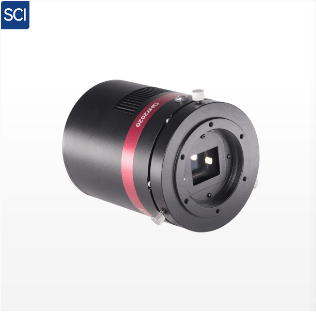 |
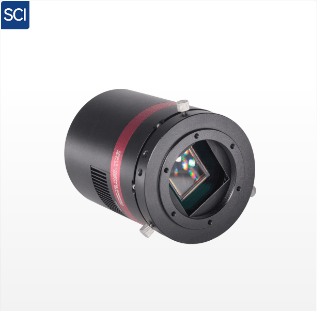 |
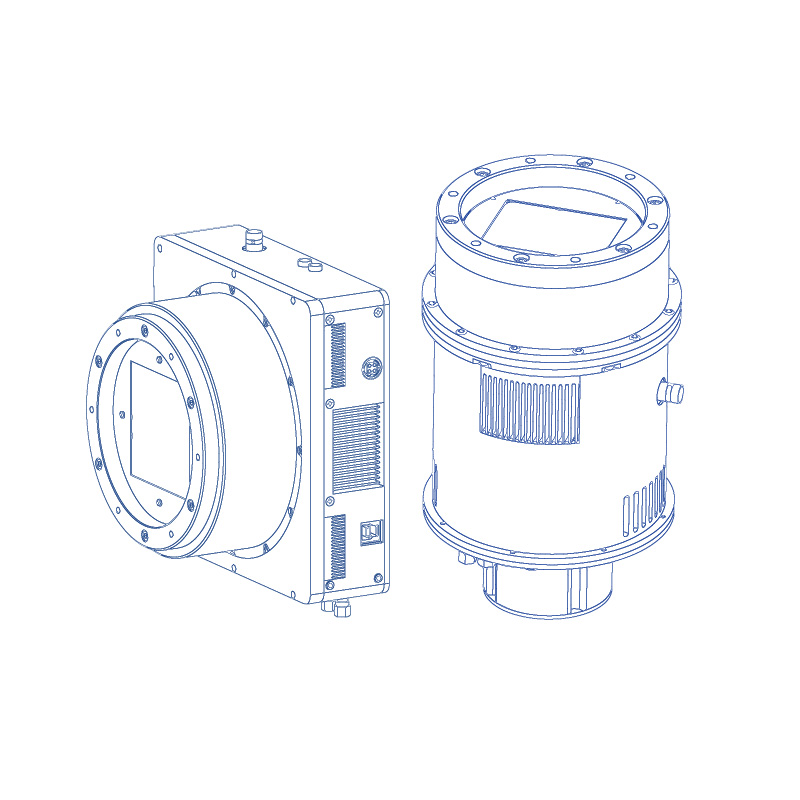 |
| QHY2020 QHY2020 Scientific Cooled Camera, GSENSE2020 back illuminated CMOS sensor: 13.3mm x 13.3mm, 2K*2K resolution, 4mega pixels. QHY2020EUVX is a special EUV/Soft X-ray enhanced version with >90% QE in 1.2nm to 15nm extreme UV range. Perfect for spectrum analysis and spectrum imaging systems. The QHY2020 is also an ideal scientific CMOS camera for fluorescence imaging. |
QHY42 Pro The QHY42 PRO-BSI uses the Gsense400 Scientific CMOS sensor with extraordinary 95% peak QE, 79% UV QE, and excellent NIR response, plus an extremely low read noise of 1.7e-. The QHY42 has relatively large 11um pixels in a 2k x 2k array. The sensor size is 22.5mm x 22.5mm yielding a good field of view even at longer focal lengths. This camera is ideal for astronomical and biological science research. |
QHYCCD Scientific Cameras |

